All About Garlic |
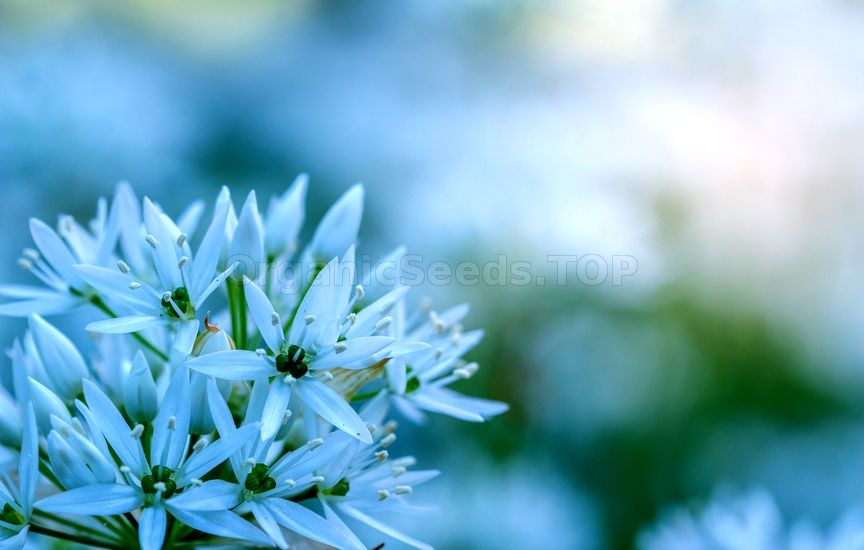 Garlic is a member of the allium family. It is an ancient bulbous vegetable. Garlic is easy to grow and requires very little space in the garden. Garlic grows from individual cloves broken off from a whole bulb. Each clove will multiply in the ground, forming a new bulb that consists of 5-10 cloves. Garlic tastes great roasted or used as a flavoring in many recipes. Where to plant garlic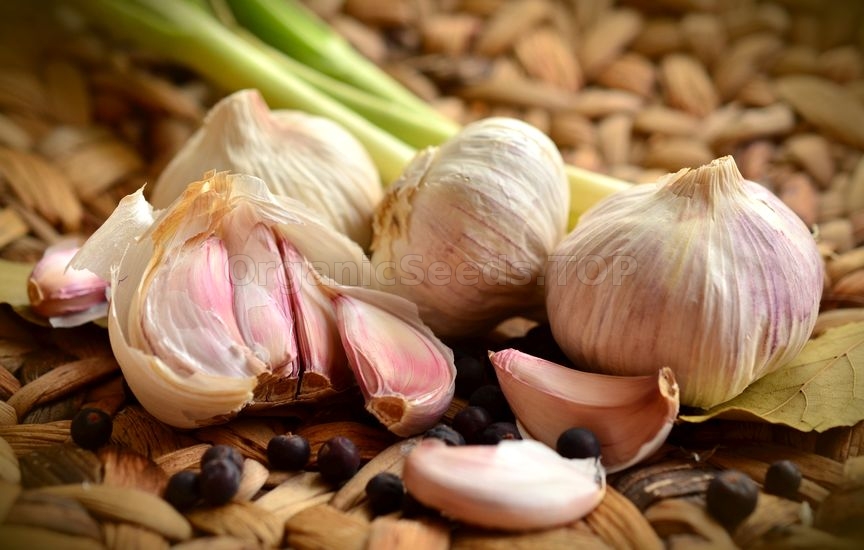 Garlic should be planted in a spot not recently used for garlic or other plants from the onion family. Do not plant garlic in areas where water can collect around the roots, causing them to rot or become diseased.
Soil preparation Garlic should be planted in a fertile, well-drained soil. A raised bed works very well. Remove stones from the top 6 inches of soil. Work several inches of compost or well-rotted manure into the bed, along with 10-10-10 fertilizer.
Planting garlic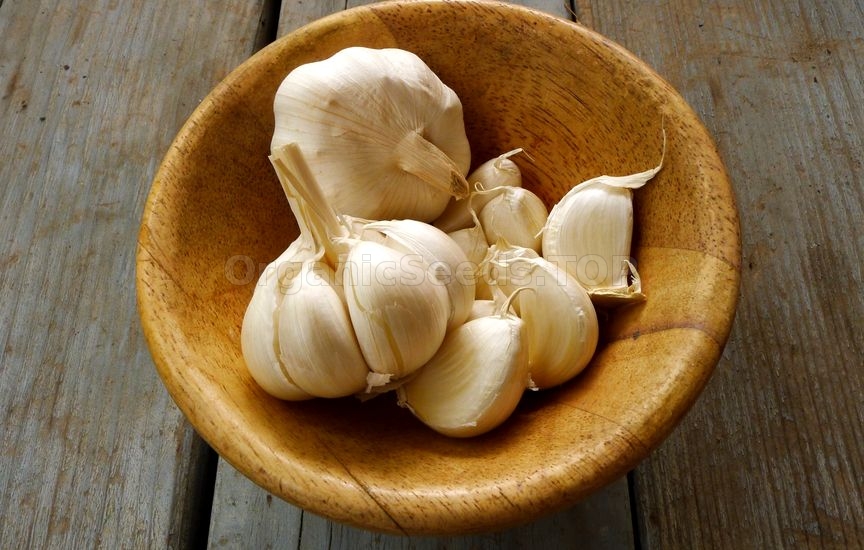 Separate cloves. Space the cloves 4-6" apart. Rows should be spaced one foot apart. The cloves should be planted with the pointed end up and the blunt end down. Push each clove 1-2" into the ground, firm the soil around it, and water the bed if it is dry.
Mulch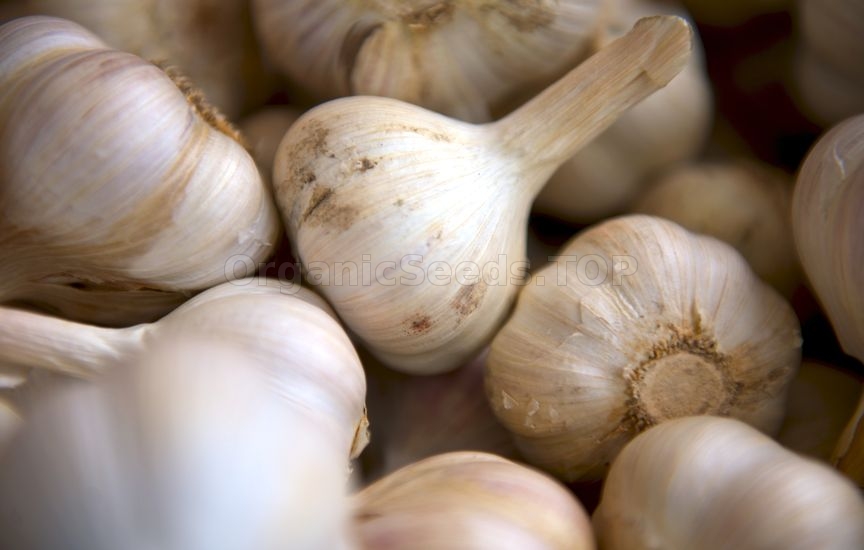 After planting, lay down a protective mulch of straw, chopped leaves or grass clippings. In cold-winter regions the mulch should be approximately 4 inches thick. Mulch will help to prevent the garlic roots from being heaved out of the ground by alternate freezing and thawing. A light application of mulch is useful in milder climates to control the growth of winter weeds.
Spring care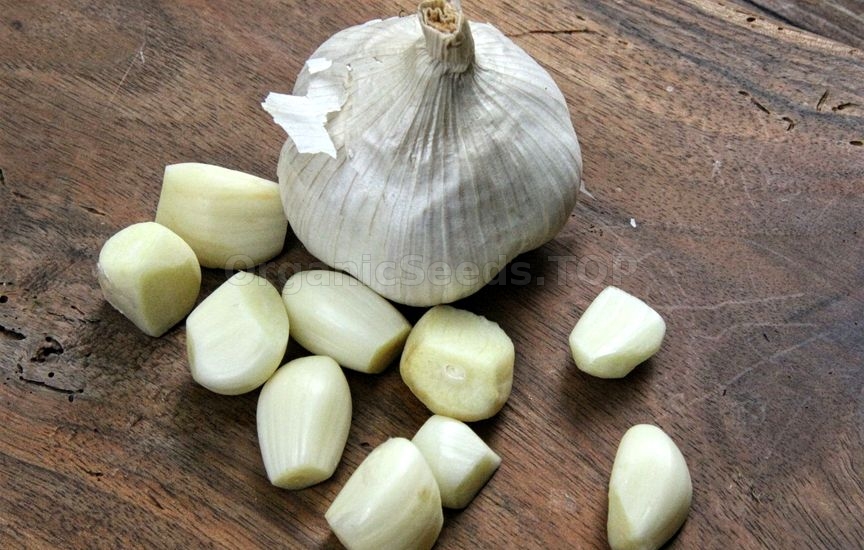 When the leaves begin to grow, it is important to feed the garlic plants to encourage good growth. A teaspoon or two of a high-nitrogen fertilizer that decomposes slowly, such as blood meal or Osmocote should be gently worked into the soil near each plant. If the mulch has decomposed, add a layer to help retain moisture and keep weeds under control.
In late spring some garlic varieties produce flower stalks that have small bulbils. Cut these stalks off. This will insure that all of the food the plant produces will go into the garlic bulb itself and not the clusters of bulbils. In the month of June the garlic plants stop producing new leaves and begin to form bulbs. At this time you will remove any remaining mulch and stop watering. The garlic will store better if you allow the soil around the bulbs to dry out. Garlic harvesting and storage You will harvest the garlic when most of the leaves have turned brown. This usually occurs in mid-July to early August, depending on your climate. At this time you may dig the bulbs up, being careful not to bruise them. If the bulbs are left in the ground too long, they may separate and will not store well.
Lay the garlic plants out to dry for 2 or 3 weeks in a shady area with good air circulation. Be sure to bring the garlic plants in if rain is forecasted for your area. When the roots feel brittle and dry, rub them off, along with any loose dirt. Do not get the bulbs wet or break them apart, or the plants won't last as long. Either tie the garlic in bunches, braid the leaves, or cut the stem a few inches above the bulb. Hang the braids and bunches or store the loose bulbs on screens or slatted shelves in a cool, airy location. You may want to set aside some of the largest bulbs for replanting in the fall. During the winter months you should check your stored garlic bulbs often, and promptly use any that show signs of sprouting. Each set (bulb) is made up of several sections called cloves, held together by a thin, papery covering. Before planting, break cloves apart. Fall planting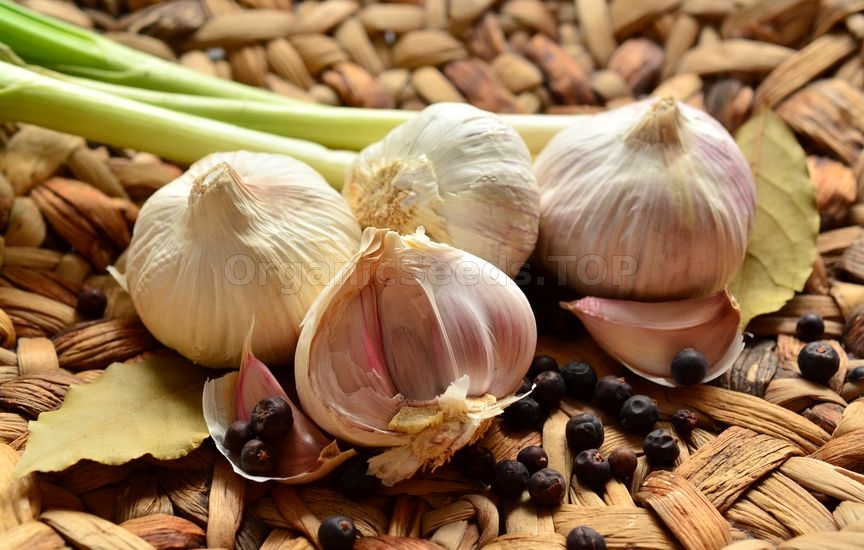 Plant cloves in mid-autumn in a sunny location with rich, well-drained soil. Set cloves root side down 4-6" apart in rows 1-1/2 to 2' apart, and cover with 1-2" of fine soil. In the North, put down 6" of mulch for winter protection. Garlic may begin growth late in fall or early in spring.
Spring planting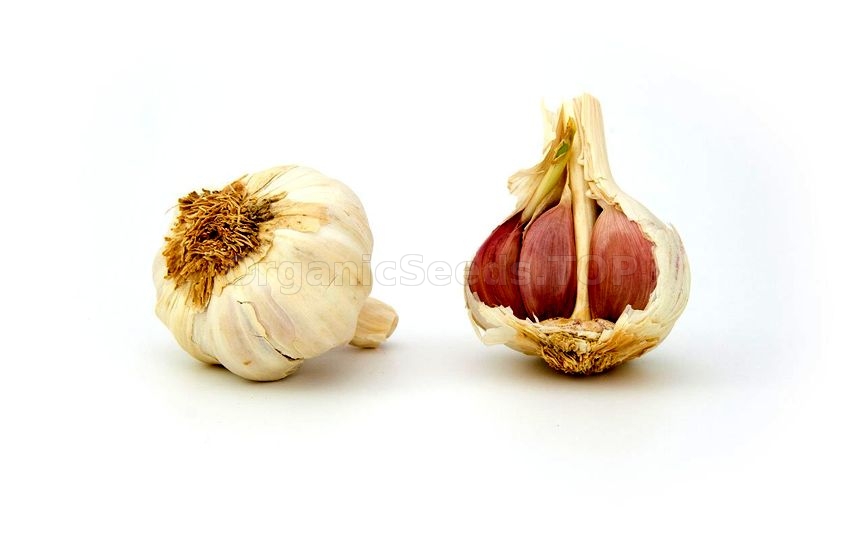 Plant cloves as early in spring as soil can be worked, about the same time as onion sets. Spring planted garlic should be put in the ground in the same manner as in the fall.
Garlic Harvesting and storage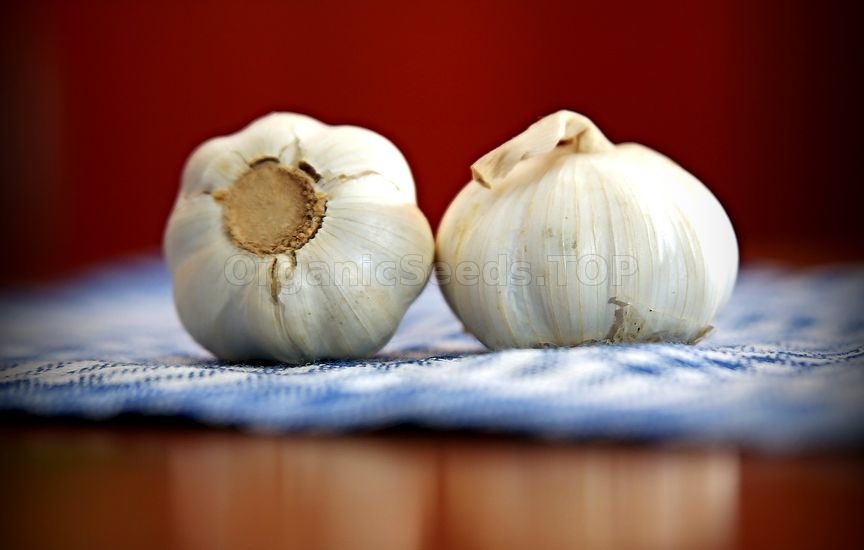 In late summer, bend over tops to hasten yellowing and drying of tops. Then pull up the garlic plants and allow them to dry in sun a few hours. Spread out in a well-ventilated place until tops are thoroughly dry (2-3 weeks). Cut tops off 1-2" above garlic bulbs, or braid tops together into strings. Store loose bulbs in a dry, cool, airy place in baskets; hang garlic strings. |
|
|
